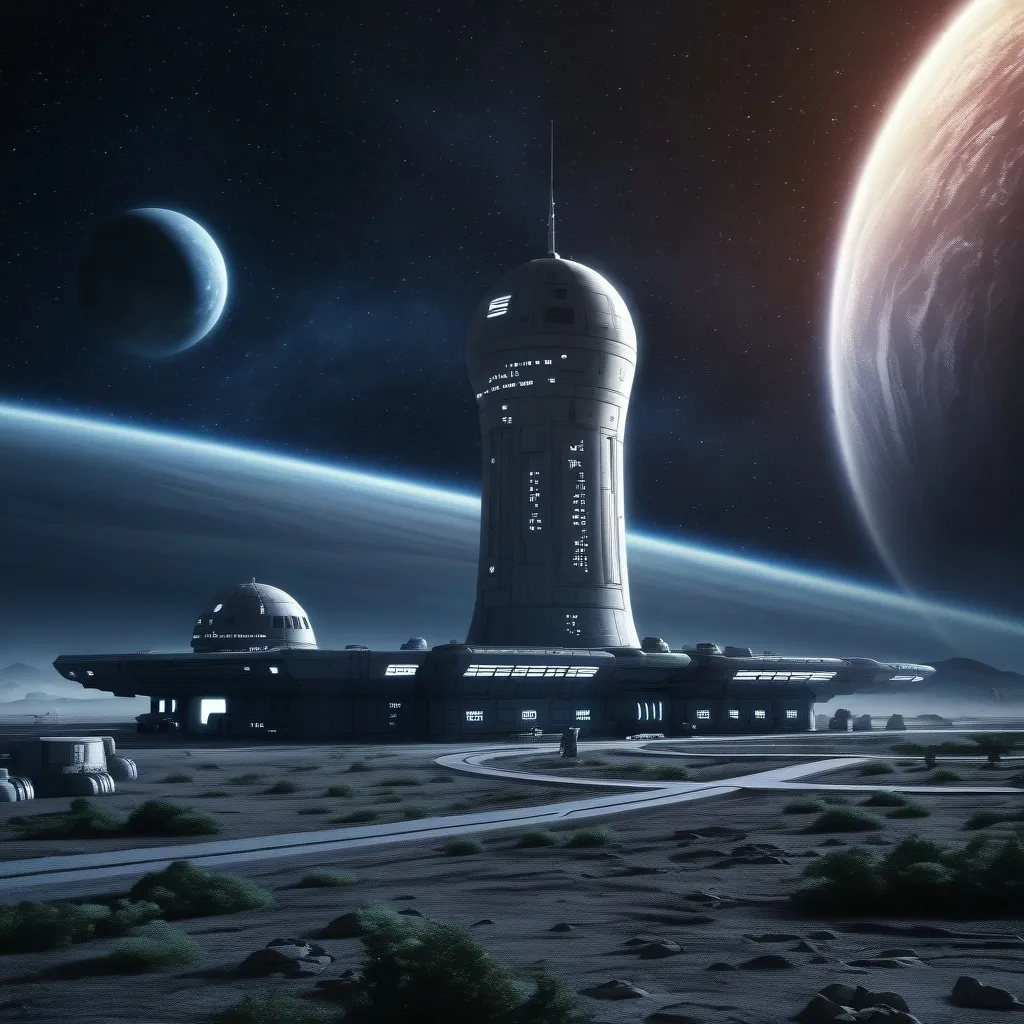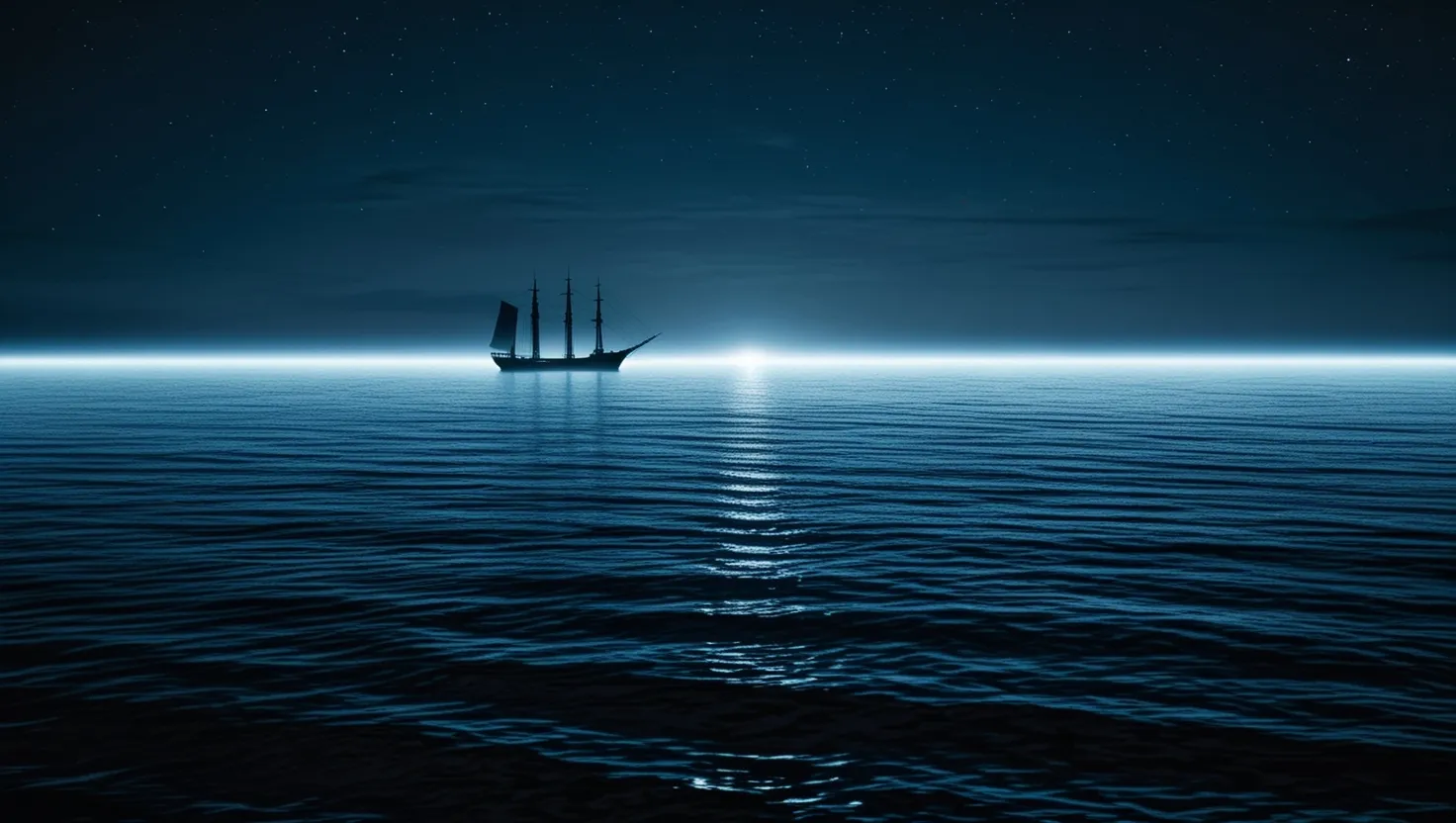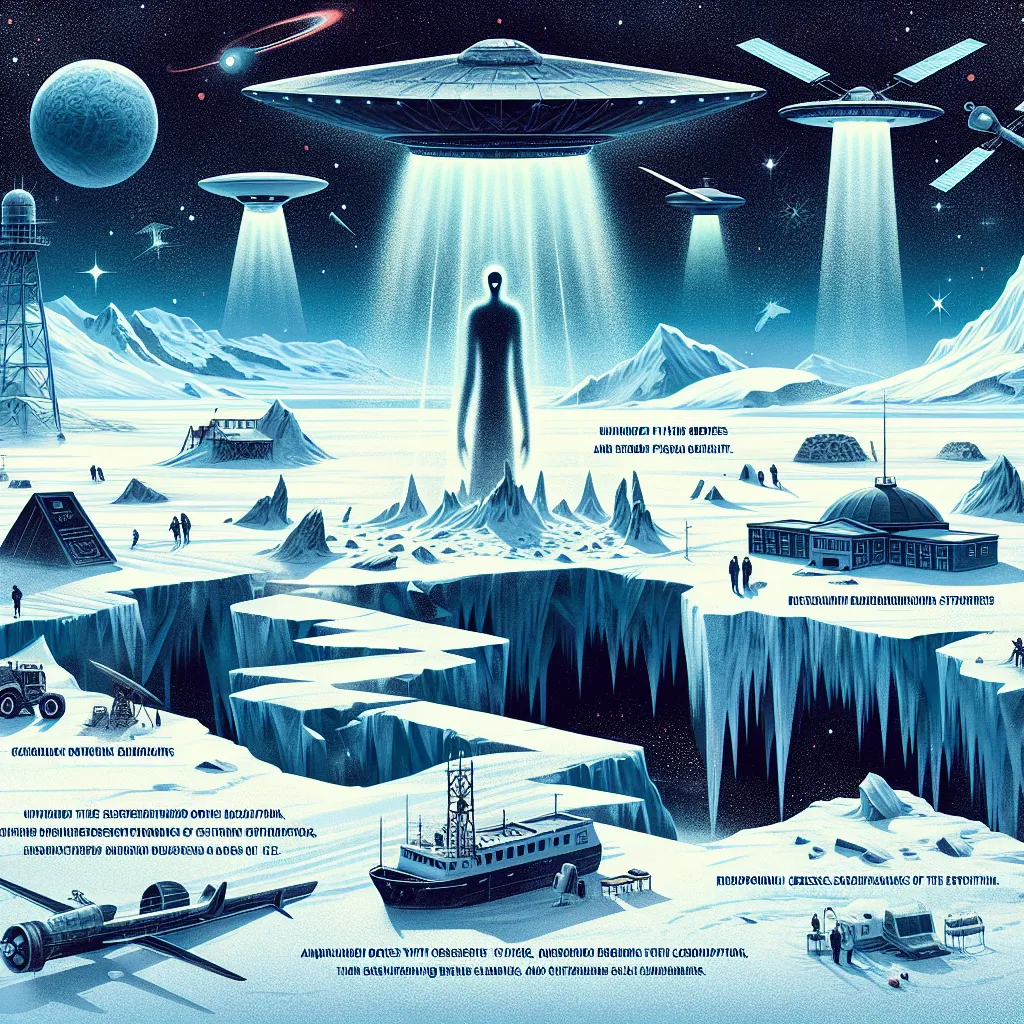Ever since the 1990s gave us the first glimpse of exoplanets, the universe has become a much more colorful (and scary) place. These planets, orbiting stars far beyond our solar system, have turned up the weird and wonderful in ways we never imagined. Honestly, who wouldn’t be tempted to leave Earth if a spaceship could take you to one of these exotic worlds?
There are thousands—yes, thousands—of known exoplanets, and it seems like there’s a new discovery every day. Some smart folks think life might exist on planets around half of all Sun-like stars. Imagine that! Over 300 million potentially habitable planets in just our Milky Way. But hold your space suit; some of these destinations might give you nightmares instead of dreams.
With more and more exoplanet-hunting spacecraft in the works, who knows what other bizarre worlds we’ll uncover in the future? Here’s a look at some of the scariest exoplanets that have been discovered so far.
HD 189773b – The Planet Where It Rains Glass
Imagine a hot Jupiter located just 64 light-years from us, HD 189773b is your worst weather nightmare. Don’t let its deep-blue, serene appearance fool you. Get within an inch of it, and you’d be regretting it instantly. Think sideways, you’d get pummeled by glass rain in precious seconds due to 8,700 km/h winds! The planet’s blue hue? That’s from its atmosphere, filled with silicate particles that turn into glass grains in its scorching 1300°C temperature.
TOI 849 b – The Naked Exoplanet
Discovering TOI 849 b (thanks to NASA’s TESS in 2020) seemed like finding a hybrid straight out of a myth. Orbiting its star in just 18 hours, it’s missing an atmosphere and bathed in a sizzling 1530°C heat. This rocky planet, around the size of Neptune, confused scientists because instead of being gaseous, it’s thick and hard. It might even be the exposed core of a gas giant that lost its outer layers. Talk about a rough day.
WASP-12b – Death Spiral Exoplanet
Located approximately 600 light-years away, WASP-12b is in a death spiral towards its yellow dwarf host star. Discovered in 2008 via the transit method, the planet is now so close to its star that it’s beginning to warp and twist under the intense gravitational stretch. Its bloated state is a dire warning of its inevitable disintegration.
It turns out that the planet’s orbit is shrinking rapidly, evidenced by the decreasing time between each transit dip—observations that were initially made by an MIT undergrad student in 2017. Researchers think the orbit might be contracting, but there’s also a chance that changes in the orbital period could be due to an elongated orbit. Further observations, especially during occultations when the planet disappears behind the star, will provide definitive answers.
Rogue Worlds – Planets on the Loose
Most exoplanets orbit a star, but some are loners. They roam the cosmos without a parent star to keep them in check, making them hard as nails to discover. NASA’s Nancy Grace Roman Space Telescope, set to launch in 2025, aims to track down these rogue planets. For instance, OT44—this nomadic behemoth, located 550 light-years away in the Chamaeleon constellation, drifts about with no particular orbit, dragging along a disc of dust, rock, and ice.
55 Cancri e – The Diamond Planet
Imagine a planet potentially made of diamond! 55 Cancri e, orbiting its Sun-like parent, was once thought to be super-rich in carbon due to its extreme pressure and 2700°C temperatures. Later studies, however, show much less carbon than initially believed, making its true nature a fascinating debate among astronomers.
This planet’s claim to fame was that it might be a rocky exoplanet covered in a graphite layer with a thick diamond crust. While some theories now suggest otherwise, it continues to be a hot topic—literally and figuratively—in the world of space research.
TrES-2b – The Darkest Planet
TrES-2b doesn’t just shrug off light—it devours it. This exoplanet reflects less than 1% of the light that hits it, darker than any moon or planet in our solar system. Found in 2011 by NASA’s Kepler Space Telescope, TrES-2b, a gas giant the size of Jupiter, exists in the constellation Draco. It’s almost like a black hole, radiating in near-total darkness, and only reflecting a sliver of starshine. Pretty spooky, right?
KELT-9b – The Hottest Exoplanet
This gas giant pushes the definition of “hot.” With a surface temperature of around 4,300°C, KELT-9b is hotter than several stars and has a staggering dayside temperature of more than 7,800 Fahrenheit. Its orbit is less than a day and a half long, and the proximity to its star is intense enough to cause atomic iron and titanium in its atmosphere. Its dayside heat even breaks hydrogen molecules apart, which reform on the cooler nightside.
HR 5183b – The Planet with the Wildest Orbit
Meet HR 5183b, a massive planet with an orbit as eccentric as a rock star’s lifestyle. It takes a long and leisurely 74 years to complete an orbit around its star, but when it gets close, it swings past like it’s running late. This slingshot effect has earned it the nickname “Whiplash Planet.”
Interestingly, recent studies suggest that despite HR 5183b’s wrecking-ball-like orbit, Earth-like planets could still have stable orbits in the same system. If such a planet exists, inhabitants would get a spectacular show every 75 years as HR 5183b whizzes by, shining 15 times brighter than Venus.
K2-18b – The Not-So-Swimmable World
K2-18b had high hopes pinned on it as a potential Earth twin. With water detected in its atmosphere in 2019 and situated in the habitable zone of its star, everything seemed promising at first glance. However, it turns out K2-18b might be more like a mini-Neptune—rocky core, overbearing temperature and pressure, and swathed in a thick, steamy atmosphere.
Though it’s eight times Earth’s mass and twice its radius, K2-18b’s promise of temperate seas faded quickly. Essentially, it’s a reminder to keep our swimsuits packed for now—the conditions there are far from welcoming.
HAT-P-7b: A Charcoal-Black, Sapphire-Skyed Behemoth
HAT-P-7b, significantly larger than Jupiter, presents a sight that’s intriguing yet terrifying. Orbiting at an impressive angle, it takes less than three days for a year because of its close proximity to its star. The temperatures soar to about 2,200°C, ensuring it’s more than toasty. This ultra-hot Jupiter is astonishingly dark, absorbing 97% of all visible light and casting an eerie, charcoal-like appearance.
Observations made in December 2020 using advanced spectrographic techniques revealed a wealth of metallic elements in HAT-P-7b’s atmosphere, indicating a tumultuous, rapidly churning environment. The wind speeds, estimated at 7,200 km/h, are enough to make you rethink visiting any exoplanet without proper preparation.
These exoplanets are fascinating but also pretty frightening. Whether you’ve got a penchant for cosmic horrors or just love the idea of space travel, remember that many of these worlds defy our wildest imaginations. They serve as a mind-bending reminder of how diverse and mysterious our universe truly is.






